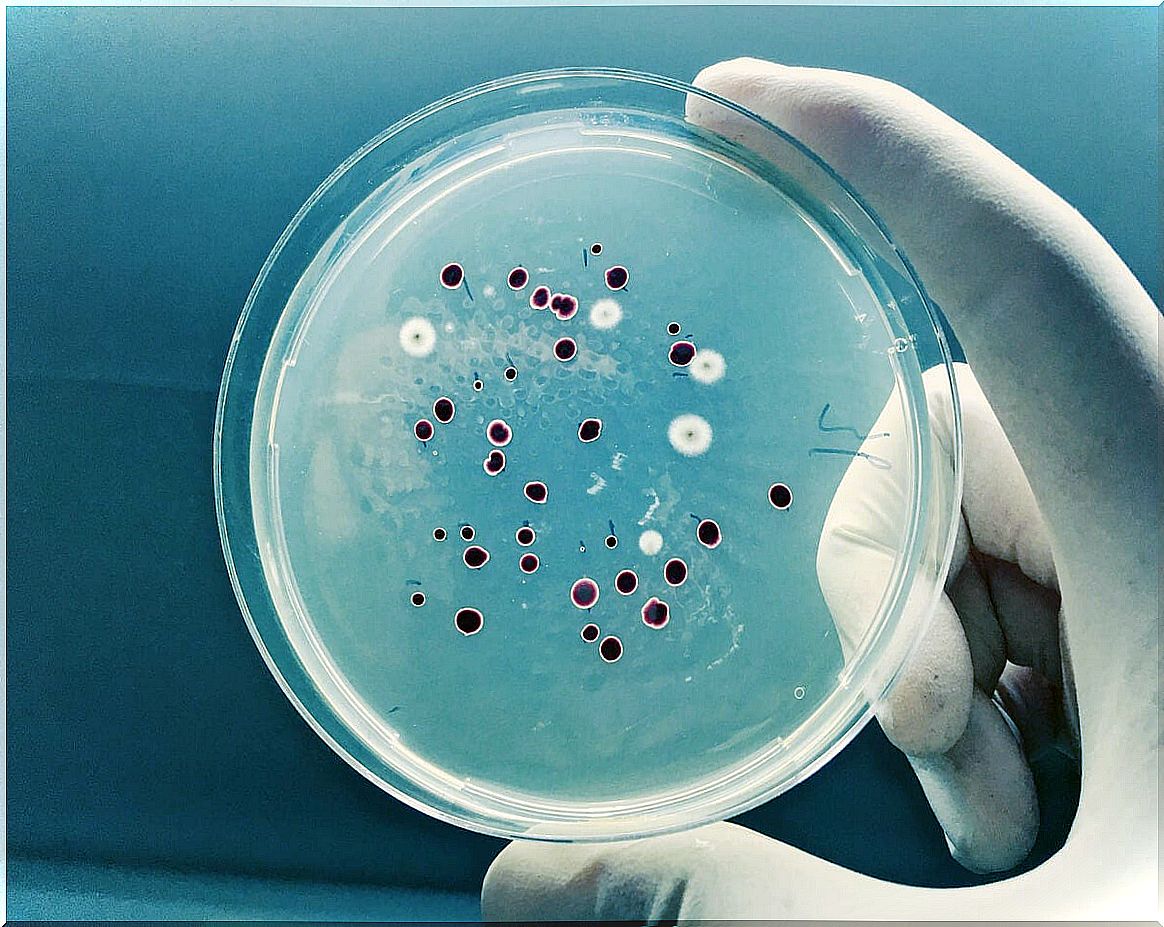What Is A Stool Culture?
Stool or fecal culture is an effective method for identifying digestive system pathologies that are associated with infections. They are even a common mechanism for carrying out various scientific studies that draw conclusions about the presence of bacteria and parasites in the intestine.
We often get infected with parasites, viruses and bacteria that generate various pictures of intestinal discomfort. In addition, there are pathologies that are expressed through bleeding in the stool, such as colitis, gastric cancer and stomach ulcers. For these and other cases, a stool culture is the mandatory screening test.
About microbiological cultures
A microbiological culture is a method that is based on the multiplication of microorganisms in a sterile medium, generally bacteria, to facilitate the detection of a disease-causing pathogen. In short, it is to provide microorganisms with the ideal environment for their development.
The seeding of biological samples of the patients come from sputum, saliva rubs, parts of skin or feces. They are placed in small containers called Petri dishes , with a solid substance inside that contains agar.
Many pathogens have specific growth requirements, so each culture medium is specialized based on the microorganism being sought, as reported by this specialized immunology portal. Some of these parameters are as follows:
- Availability of adequate nutrients for bacterial growth.
- Presence or absence of oxygen and other gases.
- Adequate humidity conditions.
- Ambient light
- Acidity or alkalinity.
- Temperature.
- Sterility of the environment.
Depending on the types of microorganisms to be found, the conditions in the culture media must be different. Once its growth has been observed on the plate, samples of it are isolated and observed under a microscope, to identify the specific species causing the disease.
As various scientific sources point out, there are many different types of stains for the identification of bacteria. In the staining a dye is placed that the microorganisms take, turning that color. The most common for medical use is the Gram- type stain.

What is a stool culture?
Thus, according to what we have been talking about, a stool culture is nothing more than a microbiological culture based on the collection of feces as a sample from the sick patient. It is used, above all, to study cases of persistent or recurrent diarrhea for no known reason.
As stated in this review medical article, the collection of fecal samples is necessary in infectious enteric pictures that do not remit in two or three days. Some of the pathogenic microorganisms that can be identified by stool cultures are Salmonella, Campylobacter, Helicobacter, Shigella, Yersinia, Clostridium difficile, and Staphylococcus aureus .
Obtaining the sample
In the review article we cited, the steps to follow to collect the stool culture sample are illustrated:
- The patient’s stool is collected in a wide-mouth, airtight container, with a minimum sample volume of two to four grams in pasty stool and five to ten milliliters in liquid stool.
- Faecal samples that have been exposed to the environment for two hours or more, or those that are contaminated with urine or toilet paper remains are not valid.
- A very small sample is taken from the patient’s stool and planted in the appropriate culture medium for the growth of pathogenic microorganisms.
- If the presence of enteropathogens is not detected with the first sample, it is necessary to collect two more intakes on different days.
- Once the pathogenic bacteria have been identified, the appropriate antibiotic is prescribed.
What is observed in stool cultures?
These microbiological cultures are used to identify various pathologies through the identification of bacteria, by sowing the fecal sample and subsequent staining. Possible parasite eggs or remains are also examined.
According to the Center for Disease Control and Prevention (CDC), parasites such as tapeworms are identified with stool cultures, since their eggs are observed in the feces of the patient. Similarly, if there is occult blood that is not seen at first glance in the stool, it can be detected by the biochemist.
Limitations of stool culture
Not everything is ideal in the world of microbiological cultures. Results are not always achieved and depend, to a great extent, on the quality with which the sample is obtained. As stated in this scientific article, there are certain risks when identifying diseases through stool cultures.
First, not all enteropathogens are routinely searched for. Because the culture medium is specific to the microorganisms to be found, some less common, such as Bacteroides fragilis , Edwarsiella late to o Escherichia alberti they may not grow.
In addition, there are unknown pathogens for which their biological requirements are not known, and therefore, as they are not presented with the appropriate conditions, they may not multiply on the plate. It is something that escapes the specific clinical situation, in which it is intended to search for the most common diseases.
Other studies argue that stool cultures are inappropriate in people who have been hospitalized for more than three days. This is because the cause of diarrhea is not attributable to intestinal pathogens. In these cases, the PCR detection technique is chosen, which identifies specific genes of a microorganism in the fecal sample.

Stool cultures: what to remember?
These microbiological cultures are useful in identifying pathogenic enteric bacteria, parasites, and blood in the stool. Even so, due to the high cost and delay of the procedure, only those patients who warrant it due to their epidemiological situation are selected for them.
In any case, if one day you are offered a stool culture during a hospital stay, there is no need to worry. Doctors are trying to pinpoint the exact culprit of the gastrointestinal disease, in order to administer the appropriate medication.









